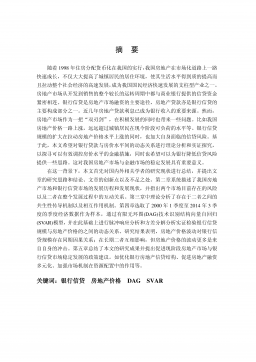城乡居民收入差距对消费需求影响的实证研究——以江苏为例
城乡居民收入差距对消费需求影响的实证研究——以江苏为例摘要自改革开放至今,我国经济快速发展,人民生活水平也随之大幅提升。但是,通过与世界各国经济发展比较可以发现:我国的“三驾马车”中,投资对经济拉动的贡献率较高,而消费的贡献率远低于世界平均水平,提升居民消费需求对我国经济的发展至关重要。但城乡居民收入差距扩大造成的贫富差距,不仅进一步遏制了居民的消费需求,制约着我国经济的持续健康发展,还可能影响到社会的稳定与和谐。因此,探讨城乡居民收入差距对消费需求的影响,不仅具有理论研究意义,更具有重大现实意义。论文先分析了全国的城乡居民收入差距对消费需求影响的现状,再重点以江苏省为例,对江苏省城乡居民的收...
相关推荐
-
10KV电网D-SCADA 系统信息采集与故障诊断研究与设计VIP免费

 2024-10-14 26
2024-10-14 26 -
方形吸顶散流器平送风等温射流特性研究VIP免费
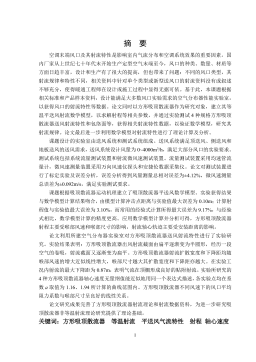
 2025-01-09 7
2025-01-09 7 -
关于充液声导波传感器中频散兰姆波的研究VIP免费
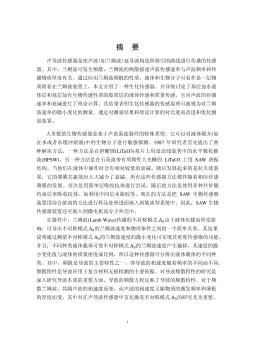
 2025-01-09 10
2025-01-09 10 -
结合梁斜拉桥施工过程中考虑剪力滞影响的分析方法VIP免费

 2025-01-09 6
2025-01-09 6 -
空调房间热舒适性的数值模拟与实验研究VIP免费

 2025-01-09 7
2025-01-09 7 -
汽车前轮线控转向系统研究VIP免费

 2025-01-09 8
2025-01-09 8 -
输入分配型混合动力车辆动力系统控制策略研究VIP免费
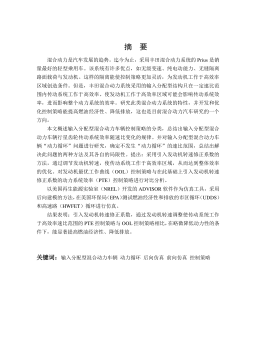
 2025-01-09 7
2025-01-09 7 -
双馈风力发电系统的柔性并网控制研VIP免费
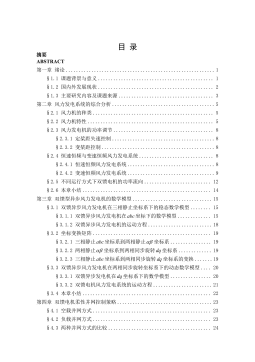
 2025-01-09 10
2025-01-09 10 -
污水处理厂污泥好氧堆肥发酵技术的试验研究VIP免费
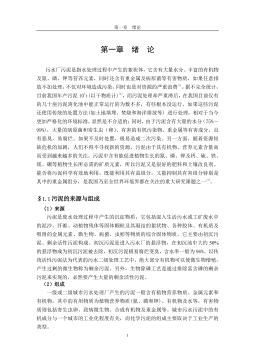
 2025-01-09 7
2025-01-09 7 -
应用风室试验装置的风机性能VIP免费
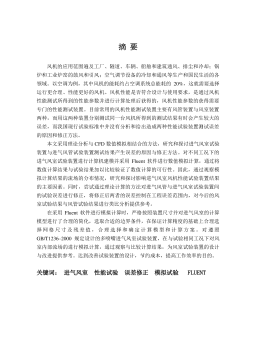
 2025-01-09 8
2025-01-09 8
相关内容
-

汽车前轮线控转向系统研究
分类:高等教育资料
时间:2025-01-09
标签:无
格式:PDF
价格:15 积分
-

输入分配型混合动力车辆动力系统控制策略研究
分类:高等教育资料
时间:2025-01-09
标签:无
格式:PDF
价格:15 积分
-

双馈风力发电系统的柔性并网控制研
分类:高等教育资料
时间:2025-01-09
标签:无
格式:PDF
价格:15 积分
-

污水处理厂污泥好氧堆肥发酵技术的试验研究
分类:高等教育资料
时间:2025-01-09
标签:无
格式:PDF
价格:15 积分
-

应用风室试验装置的风机性能
分类:高等教育资料
时间:2025-01-09
标签:无
格式:PDF
价格:15 积分



